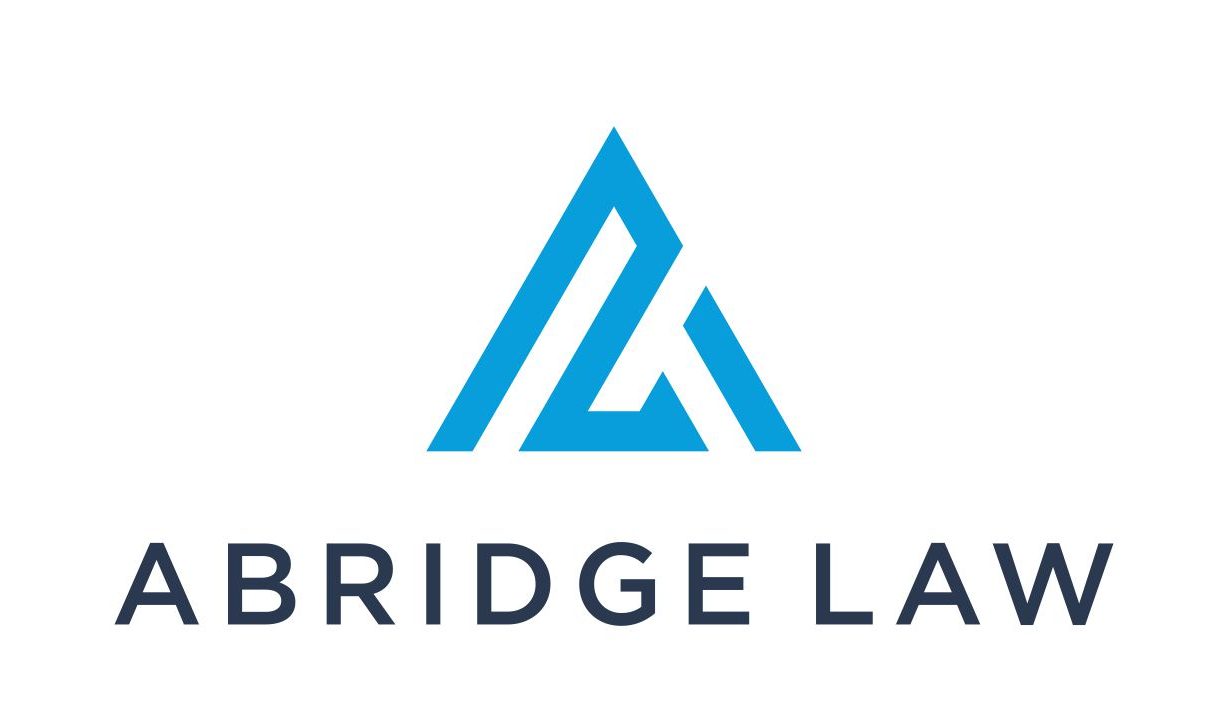Abridge Law launched on July 1, 2020. Our goal was to create a legal service delivery model for business clients that provides quality work for a fair and predictable fee. We offered a 3-tiered subscription model and ‘a la carte’ flat fee pricing. Feedback on our approach from potential clients about our service and fee model was generally positive. But did that initial enthusiasm translate into happy, paying clients?
Let’s see how we did –
We did some year-end analysis about our first 6 months in operation. These are some highlights:
- We worked with over 60 clients in our first 6 months of operations.
- Over 25% of our clients engaged us through a subscription plan.
- Close to 100% of our subscription clients had some amount of utilization, almost of all which was consistent with their selected plan’s service parameters.
- Several clients have gone up to the next level subscription plan for 2021 in order to increase their legal services spends this year.
- We collected 100% of our receivables; there were no write-offs of any kind.
Overall, we were very happy with our first six months of operations. We hit our revenue target. We created a new fee structure and service delivery processes. Most importantly, we achieved proof of concept with our intrepid group of ‘early adopter’ clients.
So why are we sharing these results publicly?
While we don’t have a ton of data yet, we want to add our voice to those proponents of alternative fee arrangements within the legal profession. In almost every conversation I have ever had with other attorneys about alternative fee arrangements, the primary objection to this approach is the same. Attorneys fear that clients will somehow command more time and attention beyond what they are paying for and the law firm will lose money. Our real world experience with alternative fee arrangements is that this fear is unfounded. However, the key is to have clearly established flat fees and program parameters for clients to follow and to have systems and processes to work as efficiently as possible.
Our utilization experience also correlates to my historical experiences with client relationships. No matter how pleasant clients may find me to be, no client has ever called me up or emailed me just to shoot the breeze. Do you know why? Because they are too busy RUNNING THEIR BUSINESS. Making it easier to reach out does not necessarily mean that clients reach out more often in ways that are excessive and unproductive. Rather, it means that clients are more willing to reach out earlier, when a need arises, instead of going it alone and hoping for the best. It also means that if more specific legal assistance is required, the client is more willing to pay for it because you have had the chance to better educate them about the problem and potential solutions.
Also, for the true skeptics that think that alternative fee arrangements are just for start-ups and small business owners, we disagree. Only about 35% of our services in 2020 were for startups or established solopreneurs. The remainder were well-established businesses with employees (beyond the founders). Yes, larger businesses like predictable fees too.
What comes next?
As we move into this new year, we have some lofty goals for 2021 and are excited to execute on a number of initiatives. We operated in quasi-stealth mode in 2020 while we were getting some early feedback on our service offerings. (Thank you so much for those word of mouth referrals!) Our plan for 2021 is to spread word of our approach more broadly to businesses in New Hampshire and Massachusetts. We look forward to sharing more about our results over the course of 2021 as we continue to create our next generation law firm.
